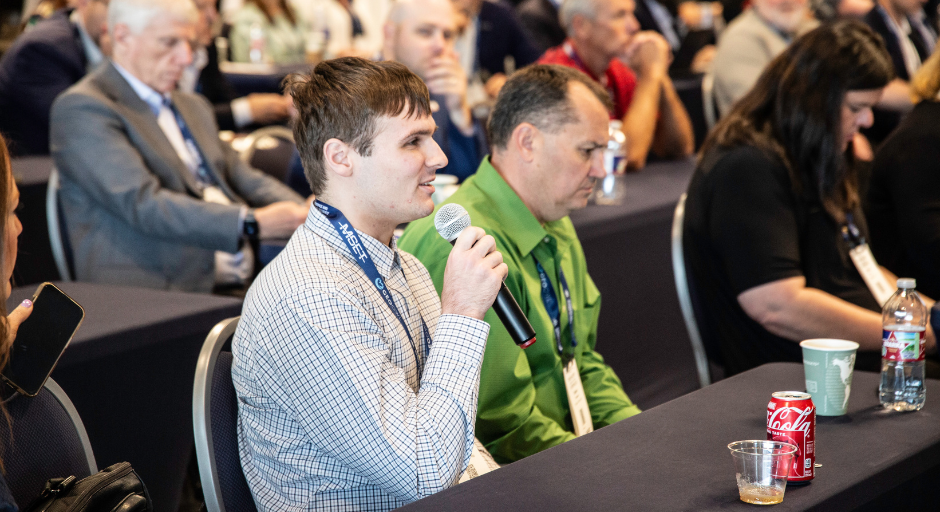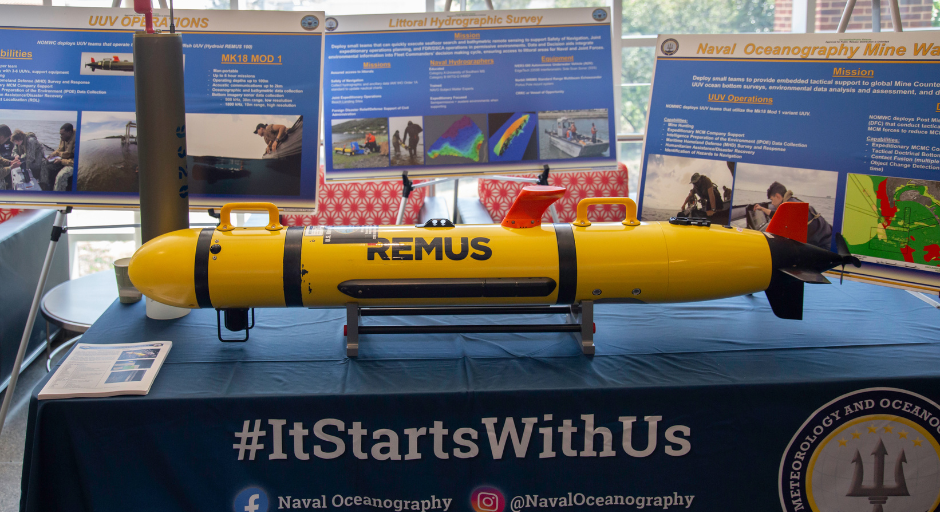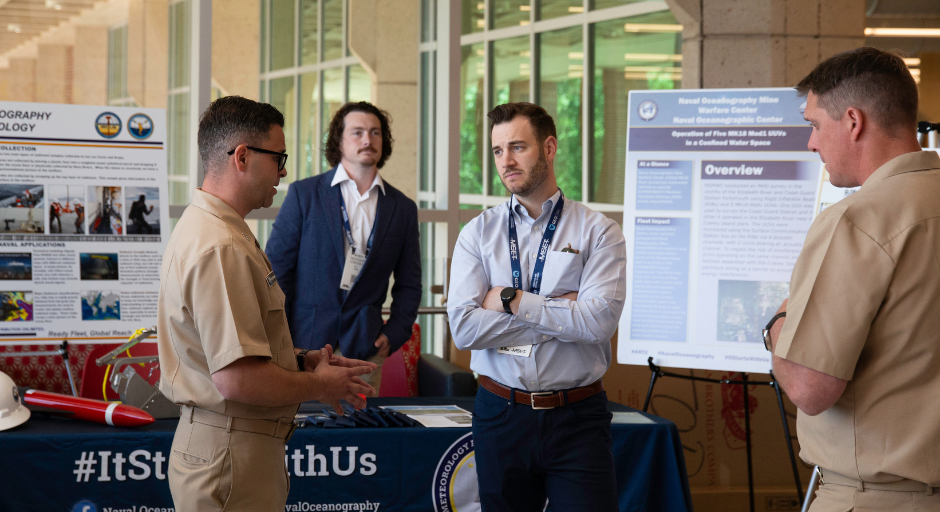Aeroacoustics
Aeroacoustics focuses on the study of noise produced by turbulent fluid motion in complex flows.
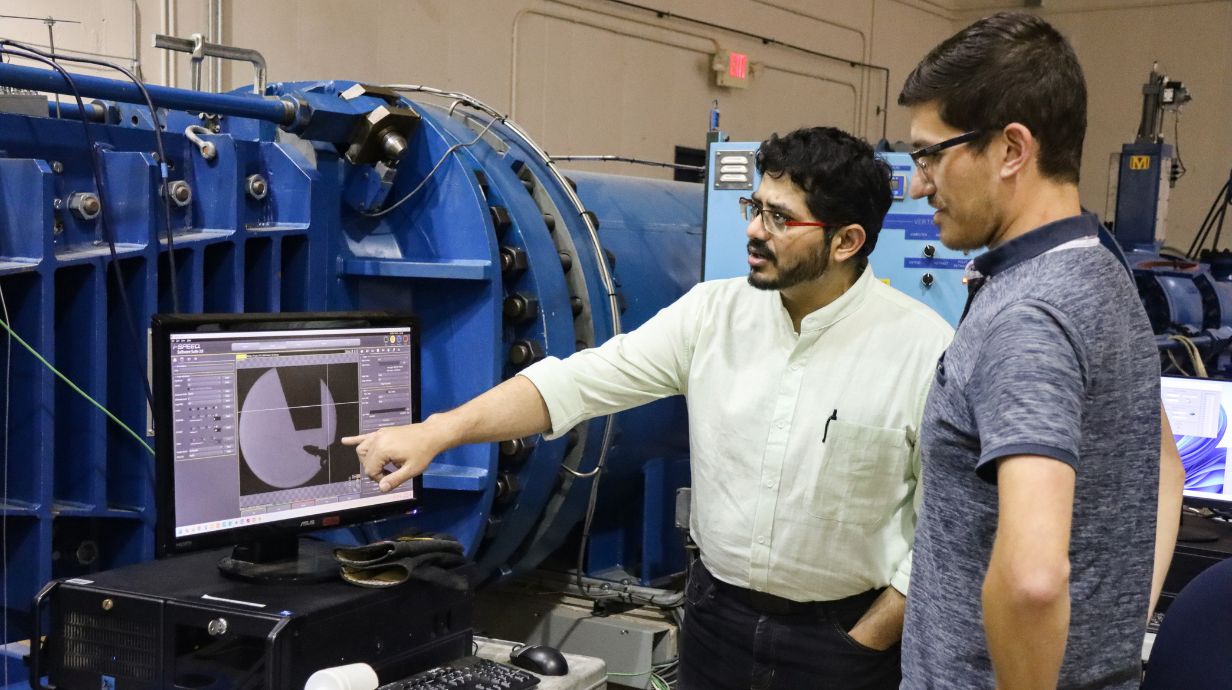
Aeroacoustics sits at the intersection between physical acoustics and the general study of turbulence.
This specialized field focuses on the study of noise produced by turbulent fluid motion in complex flows and has wide-ranging applications, from military initiatives such as noise reduction in jet propulsion and analysis of noise from ballistic missile launches, to civilian uses including drone noise assessment and evaluation of acoustic interactions in combustion and chemical processes. This research not only enhances noise management strategies but also broadens our understanding of sound dynamics in various environments.
Our current research efforts include:
High-Speed Two-Phase Flows
Studying the dynamics of particle-laden high-speed flows.
Aero-Thermo-Dynamics
Studies on the aero-thermo-dynamics in excited and/or perturbed high-speed boundary layers.
Shockwave Boundary-Layer Interaction
Dynamics of turbulence and shock interactions in high-speed boundary layers.
Turbulence Dynamics in Transient Flows
Decomposition, analysis, and characterization of turbulence induced by shock-driven transients.
AeroAcoustics
High-fidelity measurements and dynamical system analysis of aeroacoustic phenomenon.
"I find turbulence and fluid mechanics simply elegant, beautiful and fun." —Nathan Murray, Director, NCPA
Our Work in Aeroacoustics
-
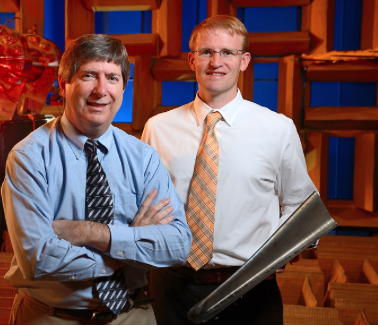
Quieting the Roar of Supersonic Jets
NCPA developed a unique but simple solution to reduce the extreme noise from supersonic jets like those on military aircraft. The solution originally patented by J. M. Seiner (U.S. Patents 7240493B2 and 7475550B2) features a series of lobe-shaped contoured panels used to form the exhaust nozzle for the jet engine. Working in collaboration with Combustion Research and Flow Technology, Inc., the aeroacoustics research group led by Dr. Nathan Murray worked to optimize the shape of the contoured panels. The culmination of the multi-year, Navy funded effort to maximize the benefit of Seiner's original concept concluded with a successful 3 dB reduction (about 30% lower) of the noise levels using a simple, single-part, retro-fit design with less than 1% impact to thrust and no impact to the aircraft systems or flight-deck operation. The research also developed tools for multi-objective aeroacoustic design optimization that have been used for many other applications.
Reducing Jet Noise


